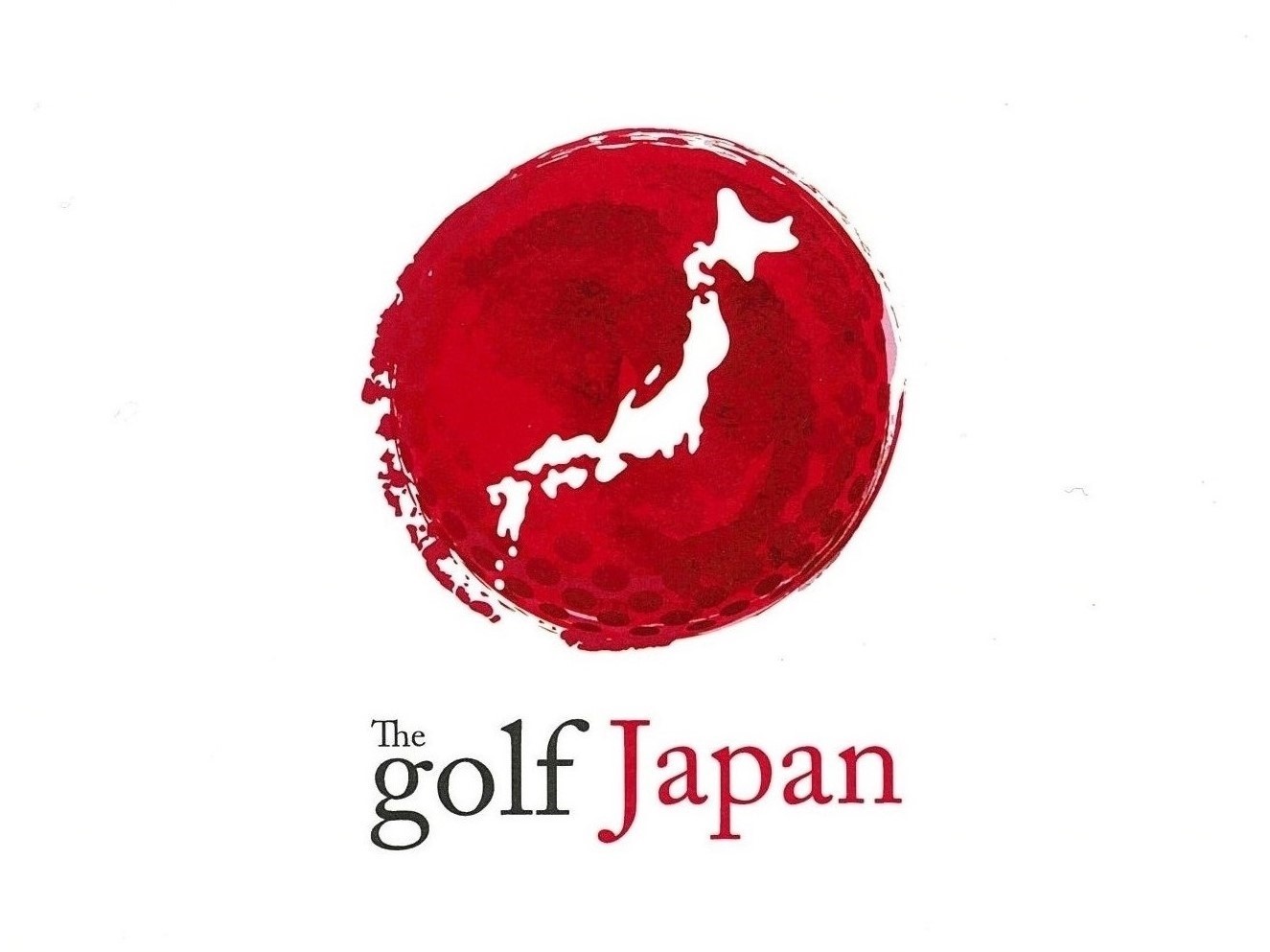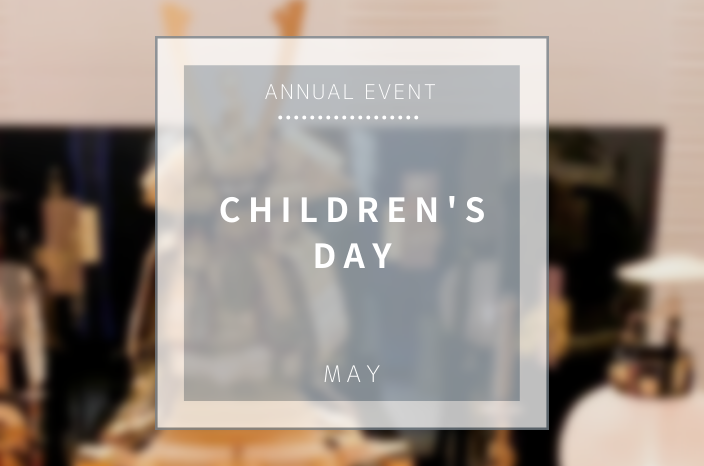In Japan, we celebrate “Children’s Day” on 5th May.
In 1949, it was designated as one of the national holidays to “respect children’s character, promote their happiness, and give thanks to their mothers. Children’s Day is a day to wish for the future growth and happiness of children, and at the same time to thank their mothers (or parents, we can say).
Also, 5th May is the “Tango no Sekku (Boy’s Day)” a day to celebrate the boy’s splendid growth.
“Tango no sekku” was an event originally from China. In ancient China, where it originated, people prayed for good health by hanging irises and mugwort, whose strong fragrance was said to ward off evil spirits, from the eaves of their houses and bathing in sweet flag bath. In Japan, this event was introduced in the Nara period (710-794), and eventually spread from the court to the samurai. As the iris (“shobu” in Japanese) is a symbol of respect for military affairs (also “shobu” in Japanese). In the Edo period (1603-1867), samurais began to offer their celebrations at Edo Castle in ceremonial dress.


By the way, 3rd March is “Momo no Sekku (Girl’s Festival)”, a day to wish for the healthy growth of girls.
[related id=4506 label=” Please this article too!”]
Carp Streamer
Many people raise the carp-shaped streamers is called “Koinobori” in Japanese. The black carp represents the father, red represents mother and blue carp represents the child.
In the Edo period (1603-1867), when a boy was born to a samurai family, they would celebrate by putting up a streamer in front of the entrance, and this custom spread to the common people. However, the common people were not allowed to put up streamers, which led to the creation of “Koinobori (carp streamers)”, which is thought to have led to the current custom.
According to a Chinese legend, a carp climbed up a waterfall named “Dragon’s Gate” against the current and ascended to the sky as a dragon. It is said that carp became an auspicious symbol of success in life, and people began to decorate carp streamers in honor of this story.
These days, mini carp streamers are available. You can get one at the supermarket if you like.

Japanese warrior dolls (Traditional Samurai Helmet)
On Children’s Day, a family would display traditional ornaments such as “Kabuto (Traditional Samurai Helmet)” and “Gogatsu-Ningyo (Japanese warrior dolls)” for especially boys.
Gogatsu-Ningyo (Japanese warrior dolls) has the meaning of taking on bad luck on behalf of children and wishing for the prosperity of their offspring. Displaying dolls is also a way of celebrating and praying for the safe growth of boys. Originally, in the samurai society of the Kamakura period (1185-1333), there was a custom of offering armor and helmets to shrines to pray for safety.

Sweet Flag (Iris) Bath
Japanese take a bath called Shobu-yu (Sweet Flag (Iris) Bath) on 5th May. This is a traditional way to wish good health for kids and also a part of the celebration of the children’s day.
In ancient China, people prayed for good health by hanging irises and mugwort, which were believed to ward off bad luck with their strong fragrance, on the eaves of houses and bathing in iris baths.
It is said that the custom of “bathing in Shobu-yu (Sweet Flag (Iris) Bath) on Tango-no Sekku” originated in Japan because the leaves of the iris (“shobu” in Japanese) resemble the shape of a sword, an important weapon of the samurai, and the sound is the same as the word “shobu”, meaning to respect the martial arts.
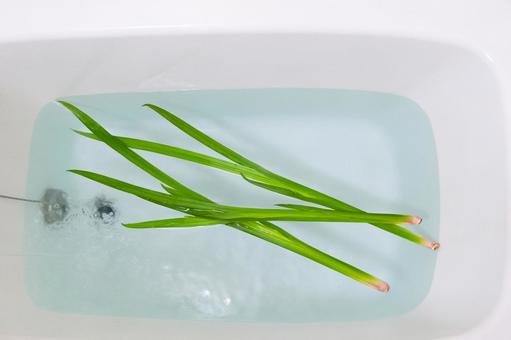
Chimaki & Kashiwamochi
Children eat “Chimaki” and “Kashiwamochi” made from sticky rice during that day.
“Chimaki” is rice dumpling wrapped in bamboo leaves. According to ancient Chinese legend, it is considered to be a symbol of “high loyalty”. Therefore, it is said that the Chinese people began to feed it to their children in the hope that they would grow up to be loyal.
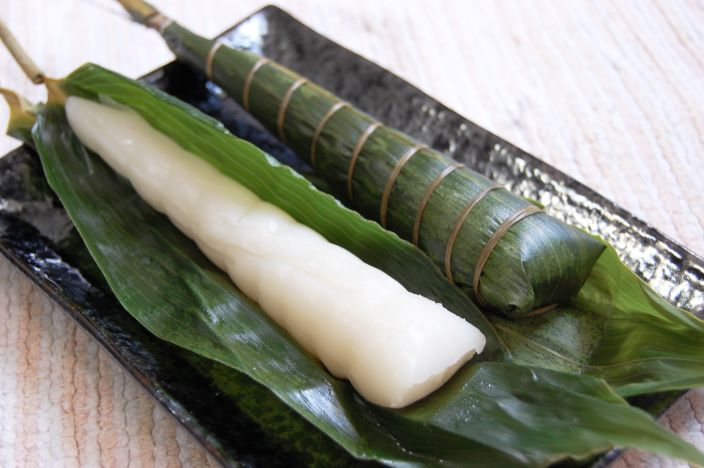
“Kashiwamochi” is rice cake wrapped in oak leaves with Azuki beans inside.
The custom of eating Kashiwa Mochi is unique to Japan and originated in the Edo period. Kashiwa has a meaning of prosperity of offspring because the old leaves do not fall off until new leaves sprout.
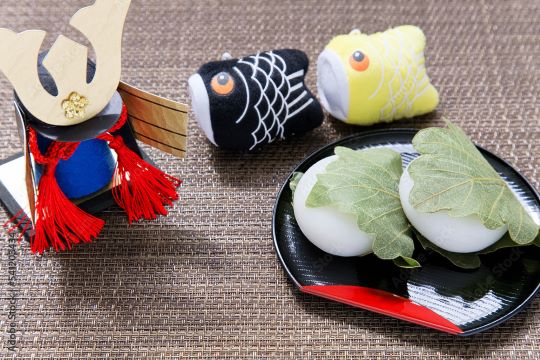
If you are coming to Japan during this time of year, please be sure to find unique items and try dishes related to the Children’s Day!
